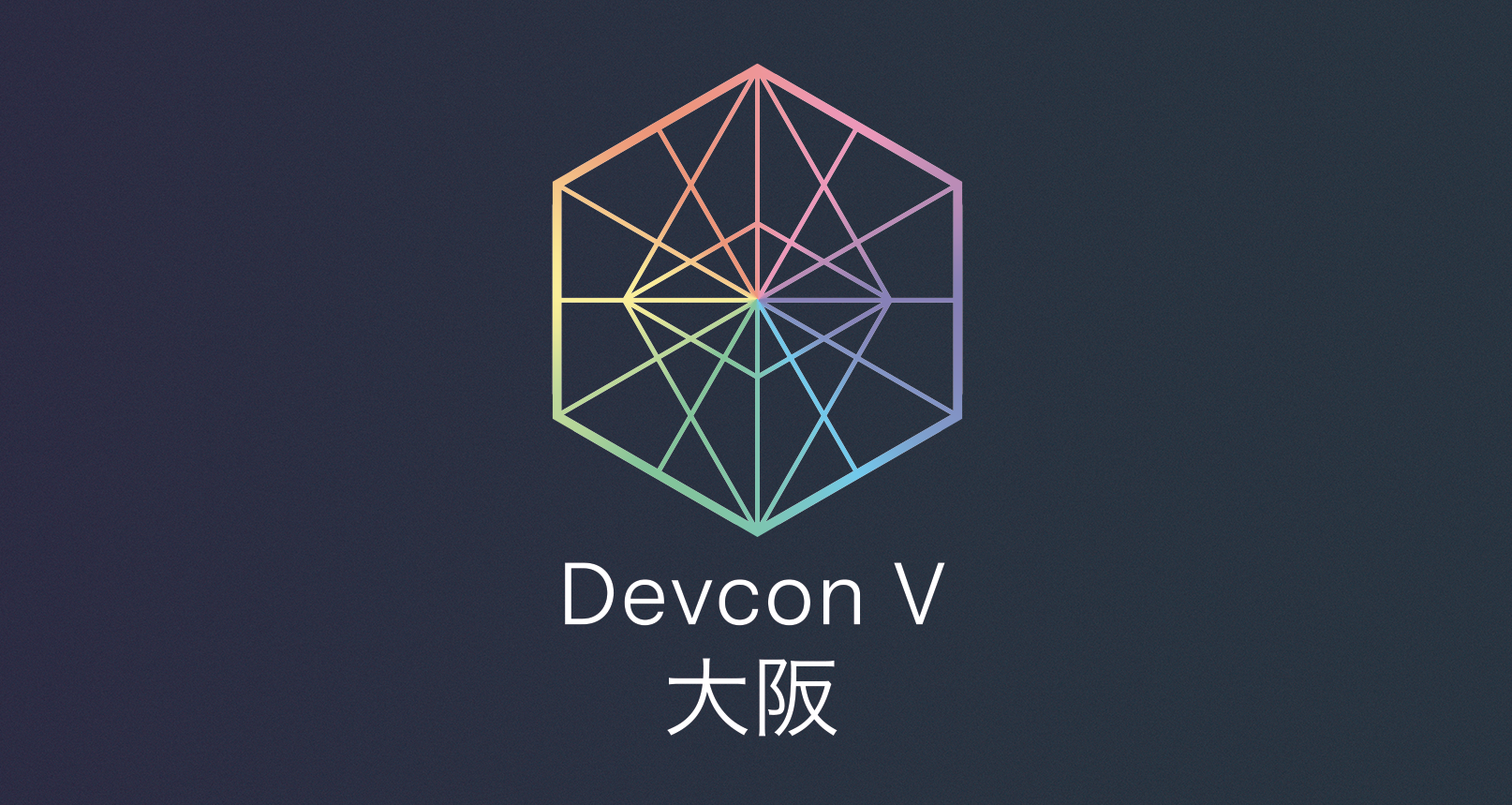Alipay’s 1.4 billion users benefit from Ant Group’s Ethereum strategy.

Ant Group is confident that the next leap forward in digital finance will come from Ethereum, not banks.
On October 14, the Chinese fintech giant behind Alipay’s 1.4 billion-user payments network launched Jovay, a new layer 2 (L2) blockchain built on top of Ethereum to move real-world assets (RWA) on-chain at institutional scale.
What is Jobey?
Ant Digital, the blockchain division of Ant Group, describes Jovay as a “compliance-first, AI-enabled scaling network” that aims to integrate real-world data and value streams into decentralized finance.
The platform uses a dual prover, a hybrid of zero-knowledge and optimistic, to ensure both scalability and verifiability. This is an intentional launch without a native token, indicating a focus on corporate and institutional adoption rather than retail speculation.
The implications are enormous. Alipay has 1.4 billion monthly active users and processes trillions of dollars in payments annually. If even a portion of that activity migrates to the Ethereum rails via Jovay, the network could become one of the most important infrastructure bridges in global finance.
According to Jovay’s technical documentation, the network achieved 15,700 to 22,000 transactions per second (TPS) during testnet trials and is targeting 100,000 TPS through node clustering and horizontal scaling.

This would be significantly higher than what is currently obtainable in the Base-led Ethereum layer-2 ecosystem, backed by Coinbase. According to L2Beats data, Base handles approximately 93 TPS.
RWA Papers
Real-world assets (RWA) have quietly become the fastest-growing sector on Ethereum. According to RWA.xyz, the value of Ethereum’s tokenized treasury, invoices, and funds currently exceeds $12 billion, an increase of more than 300% since early 2024.
However, much of the liquidity is confined to niche protocols with limited regulatory clarity.
Jovay’s model introduces a five-stage pipeline of asset registration, structuring, tokenization, issuance, and trading. Each step includes verification checkpoints and off-chain data attestation, effectively giving regulators the same visibility as in traditional finance.
By integrating AntChain’s corporate registry with Ethereum, Jovay can enable bilateral agreements between permissioned institutions and on-chain liquidity providers.
For example, banks issuing digital bonds on Jovay can instantly settle with DeFi counterparties without exposing internal data or violating jurisdictional controls.
Considering this, Abbas Khan, Founders Success Manager at Ethereum Foundation, said:
“This is not another startup experiment. It is a sign that the next phase of global finance is being built on Ethereum rails… In China, Alipay is not an app. It is an infrastructure layer for everyday life, payments, lending, insurance, identity, mobility, etc. And now Ant Group is leveraging that infrastructure on-chain and there is.”
Macro Betting on the Ant Blockchain
Ant Group’s entry into Ethereum represents a structural shift in the way global fintechs view blockchain risk.
For years, major companies have preferred permissioned ledgers like Hyperledger to avoid volatility and public chain exposure. This calculus is changing as governments and other major financial institutions increasingly experiment with public blockchains like Ethereum for their own benefit.
By building Jovay on Ethereum rather than a proprietary network, Ant effectively validates public infrastructure as the foundation for institutional finance.
Moreover, since all assets issued on Jovay are in principle accessible to Ethereum’s $100 billion DeFi ecosystem, this move is both a hedge against technological isolation and a play for interoperability.
The cost profile supports the move.
The Coinbase-backed Base network has contributed less than $5 million in blob and settlement fees to Ethereum’s layer 1 validators since its launch in 2023, according to the report. This represents a 98% margin compared to what a standalone chain would face in validator fees.
For Ant, these efficiencies translate into cheaper settlements for a multi-billion user base.
Ethereum’s quiet victory
Jovay’s debut also reflects Ethereum’s slow gains in institutional trust. What once seemed like a capricious experiment has become a neutral payments layer that banks and fintech giants can rely on without giving up control.
If Jovay gains traction, Ethereum’s share of tokenized finance could expand beyond today’s RWA niche.
This means that every new asset class introduced on-chain, including energy credits and local government bonds, creates new demand for ETH block space and liquidity routing.
As Khan said, Ant’s move suggests that the next billion users will not arrive through memecoins or yield farming.
Instead, it will emerge as assets, savings, and credit instruments are quietly migrated to compliance rails running on Ethereum.




